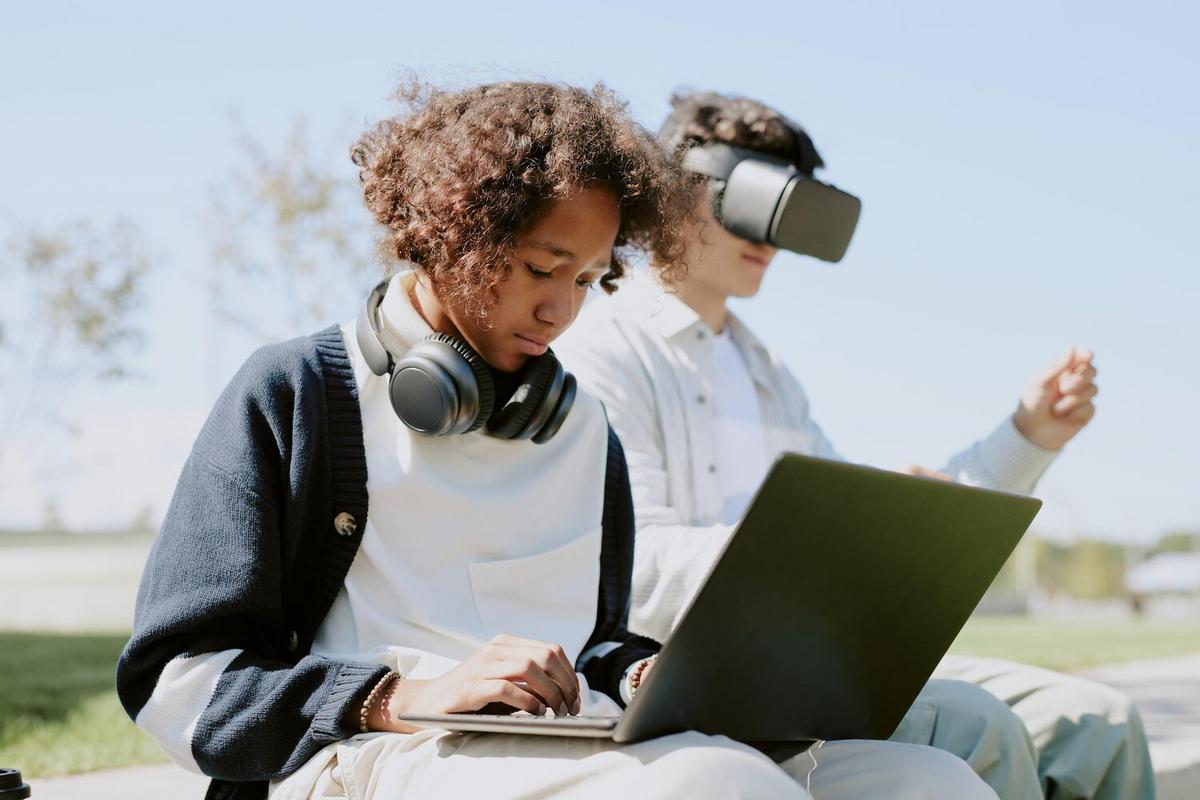
The Role of Machine Learning in Personalized Learning
Machine learning is revolutionizing the educational landscape by offering innovative solutions for personalized learning experiences. The potential of machine learning to tailor education to individual needs is transforming how students engage with curriculum and develop skills.
As the educational sector embraces the digital age, machine learning (ML) stands out as a powerful tool in personalizing learning experiences. By analyzing individual student data, ML algorithms can adapt educational content to meet unique learning styles and paces.
Understanding Machine Learning in Education
Machine learning involves algorithms that learn from data to make predictions or decisions without explicit programming. In education, this technology can analyze vast datasets to identify patterns and insights that inform personalized learning paths.
Expert Insights
According to Dr. Emma Thompson, an educational technologist, “Machine learning enables educators to understand student needs more precisely and offer targeted instruction that enhances learning outcomes.”
Statistics and Research
A study by the Education Technology Research Group revealed that students using ML-based personalized learning platforms improved their test scores by 30% compared to traditional methods.
Real-World Application
Consider the case of Alex, a high school student struggling with math. Using an ML-driven platform, Alex received tailored practice problems and interactive lessons that focused on his weak areas, leading to a significant improvement in his understanding and grades.
Benefits of Personalized Learning with Machine Learning
- Adaptive Learning: Adjusts content based on real-time student performance.
- Engagement: Keeps students motivated by catering to their interests and pace.
- Efficiency: Saves time by focusing on areas that need improvement.
Actionable Tips for Educators
- Integrate ML tools in your curriculum to offer personalized learning paths.
- Regularly review data insights to fine-tune educational strategies.
- Encourage feedback from students to enhance the learning experience.
Pro Tip: Collaborate with tech experts to ensure the ML tools are effectively aligned with your educational goals.
Comparison Table: Traditional Learning vs. ML-Powered Learning
| Aspect | Traditional Learning | ML-Powered Learning |
|---|---|---|
| Instruction | One-size-fits-all | Customized |
| Feedback | Delayed | Real-time |
| Engagement | Variable | High |
| Adaptability | Limited | Dynamic |
| Resource Allocation | Fixed | Flexible |
| Data Utilization | Minimal | Extensive |
| Student Outcomes | Standard | Enhanced |
| Cost | Fixed | Variable |
FAQs
How does machine learning personalize education?
ML personalizes education by analyzing student data to tailor content and learning paths, focusing on individual needs.
Is ML technology difficult to implement in schools?
While it requires initial setup and training, many platforms offer user-friendly interfaces that simplify integration.
Conclusion
Machine learning’s role in personalized learning is pivotal in reshaping education to be more adaptive and student-centered. By leveraging ML, educators can provide richer, more engaging educational experiences that cater to individual learning needs. As educational institutions continue to integrate these technologies, the future of personalized learning looks promising and impactful.


